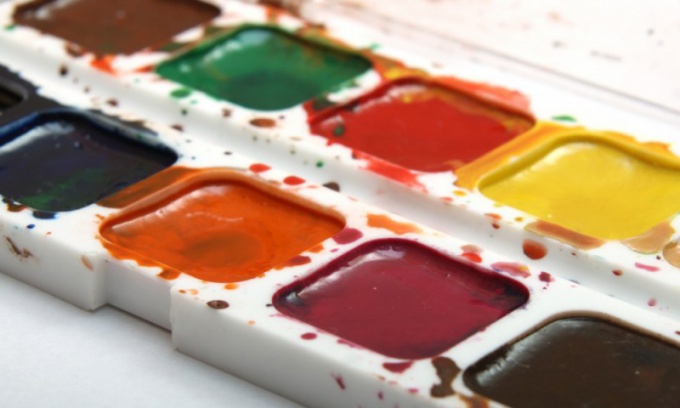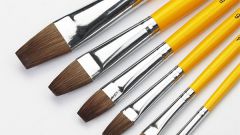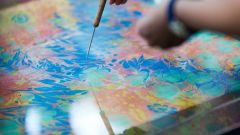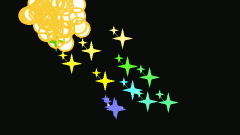Features of watercolor: the materials and rules
Watercolor is an excellent material for drawing, suitable for beginners. Paints are inexpensive, and you can buy them and related materials is possible in almost every stationery store. So with watercolor, many familiar from childhood: it was her draw on the lessons FROM.
If you want to learn to draw beautifully, you need the right tools. First, pay attention to the brush. Use natural bristles (such as squirrel or columns) with different diameters and shapes.
Secondly, purchase a special paper for watercolors. The density of it is reminiscent of cardboard, but different from the last texture that allows the paint to "cling". Third, stock up on consumables: plastic/glass palette, with pieces of cloth, water container, paper Scotch tape, pencils for sketching. To create unusual effects prepare a toothbrush, a sponge, white gouache.
As a palette should be used instead of absorbent materials: glass, plastic, ceramics. Also useful special tablet. It should be fixed a sheet of paper moistened with water under the tap.
When working with watercolor artists recommend to be very careful. This material is almost impossible to adjust and correct the damaged pattern. So follow the simple rule: first, work with light, then dark.
Also you need to be sure the selected color. Therefore, the right is trying created in a palette of shade on the spare sheet. If you are satisfied – feel free to pririsovyvat selected part.
Be sure to follow the sharpness of brushes. Only using a thin tip to perfectly draw the monogram, the man's face, his emotions, nails and other small parts. Never wash brushes chemicals/soap. For best cleaning, use vegetable oil.
The basic techniques when working with watercolor
Painting with watercolors is a true delight. These paints allow you to create as transparent a delicate pattern in pastel tones and bright saturated work. It all depends on your requirements and desires.
Facilitate the work with knowledge of the basic watercolor techniques. For example, using a flat brush to create a straight line or if you place the tool edge, clear sharp strokes. The latter can be used when drawing architectural details, natural elements (grass, flowers, etc.).
To paint sky, sea or abstract background with shimmering, use a classic watercolor technique. Heavily moisten the selected area with a cloth/sponge to remove "puddles". Apply the selected color with a wide brush so that their edges touch and paint by yourself mix.
To get a beautiful background spray, use a toothbrush. Soak it in warm water, dip in your chosen shade. Intensively shake the paint onto the paper. Repeat steps until the desired result.
Bold lines work if you use the method of "free brush". Take a tool like a knife, towards the end of the base. Move your brush on the paper, turning it in the desired direction. Lines will be very realistic. When painting dark colors, you will create a gorgeous "naked" trees, suitable for autumn/winter landscape or picture of a cemetery atmosphere.





